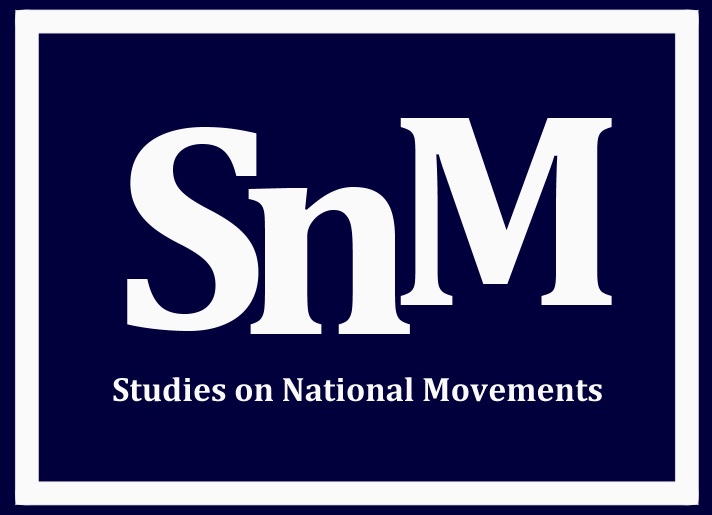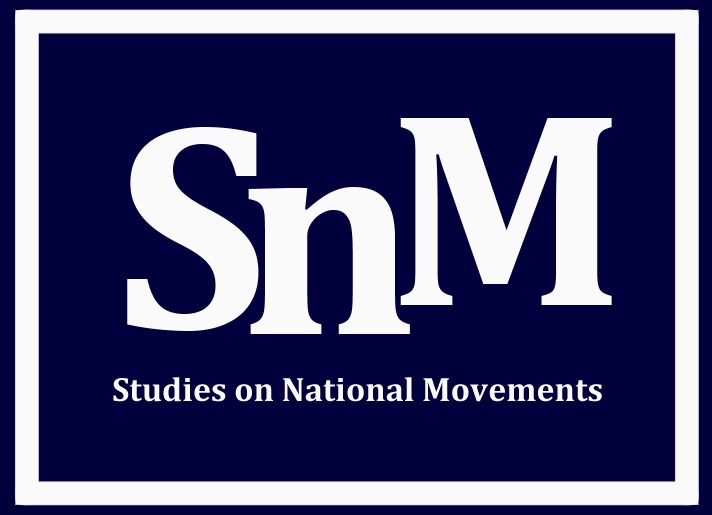Abstract
Delegates attending the Paris Peace Conference in 1919 were given the arduous task of establishing the terms of the peace after WW1, including the criteria by which to determine the boundaries of new states emerging from the collapse of the old multinational empires. Given that U.S. President Woodrow Wilson had laid so much emphasis on the principle of ‘self determination’, language was considered by many as the best element to establish nationality in ethnically mixed territories. A legacy of the nineteenth century, the apparently straightforward identification between language and nation was nevertheless complicated by pervasive ideas about race, as the taxonomies of language and race became increasingly entangled. By presenting selected works by two scholars – Leon Dominian, a geographer, and Antoine Meillet, a linguist –, this paper analyses the main and most widespread arguments propounded in support of the identification between language and nation during the Great War. It also explains why this principle turned out to be exceedingly problematic at the time of the redrawing the political map of Europe, and how the ambiguous relationship between language and race persisted during the early years of twentieth century.
Keywords: World War 1, New states, making borders, language, race
How to Cite:
Zantedeschi, F., (2022) “Scholars and the reframing of Europe: the complex relationship between language, race and nation during the Great War”, Studies on National Movements 8(1), 33. doi: https://doi.org/10.21825/snm.85274
Downloads:
Download PDF
View PDF

